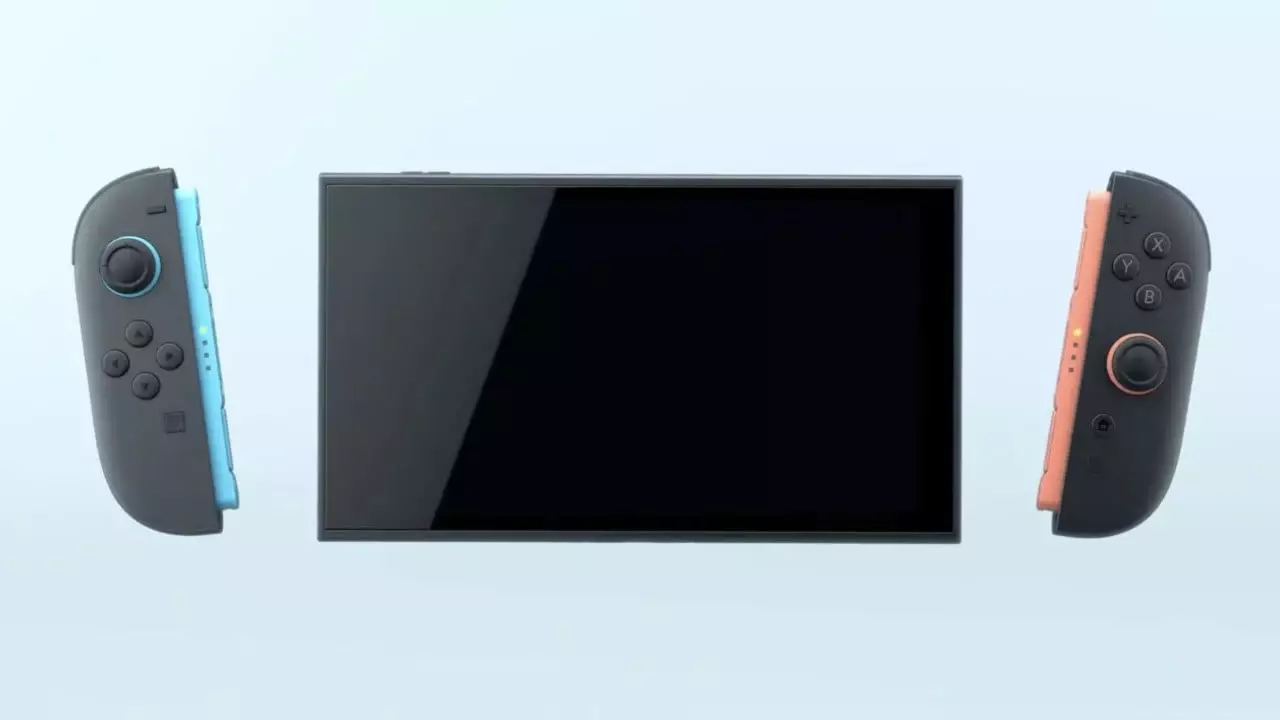As anticipation builds for the next iteration of Nintendo’s iconic gaming console, the Switch 2, scrutiny regarding its pricing strategy has become a hot topic amongst investors and consumers alike. In a recent investors’ Q&A session, Nintendo’s President Shuntaro Furukawa shed light on the company’s approach to pricing this forthcoming console amidst a changing economic environment. The dialogue revolved around critical factors such as inflation, foreign exchange rates, and consumer expectations—each playing a pivotal role in shaping the final price point.
Furukawa emphasized that the company is taking a multi-faceted approach to determining the price of the Switch 2. The necessity to incorporate current economic conditions into their pricing strategies cannot be understated, as the gaming industry experiences fluctuations like any other sector. Furukawa pointed out that since the original Switch’s launch in 2017, significant changes in the exchange rate landscape have occurred. This acknowledgment reflects a broader understanding that global market dynamics increasingly influence consumer electronics pricing.
While his commentary on affordability suggests Nintendo intends to maintain its reputation for cost-effective gaming solutions, it also raises pertinent questions about what “affordable” truly signifies in this context. The gaming community is astutely aware of competitors’ pricing strategies; the recent announcement of the PS5 Pro’s considerable price tag highlights the competitive landscape Nintendo faces.
Furukawa’s assurance that there are no imminent plans for a price drop on the original Switch adds another layer to the discussion. This decision is particularly crucial, as it suggests a strategic focus on maximizing the current model’s profitability while transitioning to the new console. In an era where older hardware typically sees price reductions to stimulate sales, maintaining the current price could indicate either a robust demand for the Switch or an intent to unify the pricing structure between generations.
Discussions prompted by the Nintendo Q&A do necessitate introspection on consumer expectations. The question of whether $499 is perceived as excessive for the Switch 2 was posed to gamers, with a significant number responding negatively to the suggestion. Analysis from Kantan Games, particularly Dr. Serkan Toto’s prediction of a possible $400 launch price, may hold more weight for consumers keen on budget-friendly gaming alternatives.
As the Nintendo community eagerly awaits the unfolding of developments leading up to the anticipated rollout of the Switch 2, the broader ramifications of Furukawa’s statements suggest a company carefully balancing innovation with consumer accessibility. With the upcoming console set to attract both loyal fans and potential new users, what ultimately shapes its price will be of significant interest.
While various factors—including exchange rates, inflation, and consumer expectations—will significantly influence the pricing of the Nintendo Switch 2, this reveals a broader narrative about Nintendo’s strategic positioning in an increasingly competitive market. The next few months will be critical as Nintendo navigates these complex waters—will it stick to its affordability roots, or will changing market conditions steer it toward a more premium pricing approach? Only time will tell.

